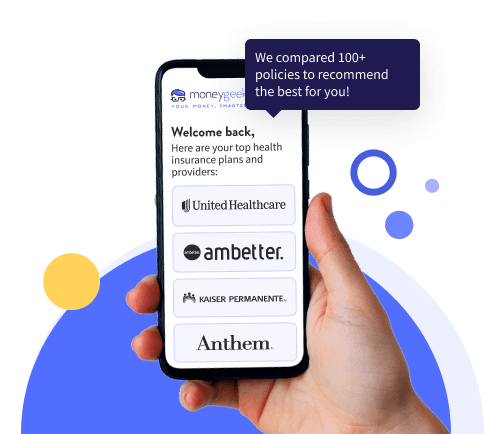Open enrollment is your annual chance to sign up for health insurance or switch plans. For marketplace coverage, this window runs from November 1 to January 15. If you want coverage starting January 1, make sure to enroll by December 15, but if you enroll after that, your coverage begins February 1.
Your employer's enrollment period differs. Most companies schedule it in the fall for the following year's coverage. You can update your benefits, add family members or pick different plan options.
But if you miss this open enrollment window, unfortunately you're stuck waiting another year, unless you have a major life change, also called a qualifying life event which lets you enroll outside of open enrollment.





